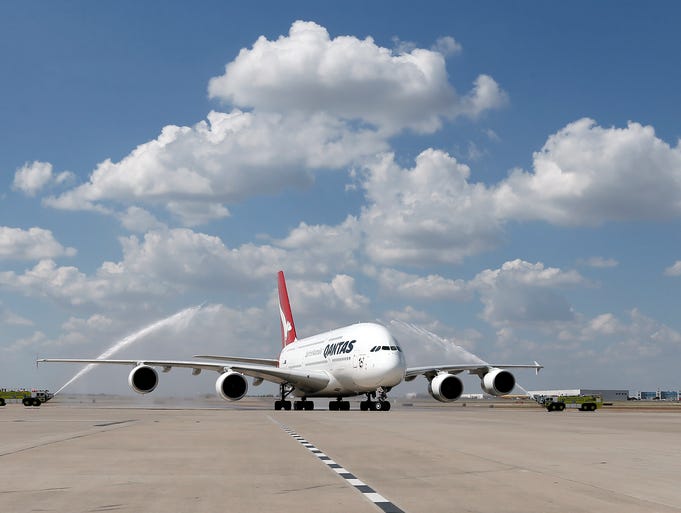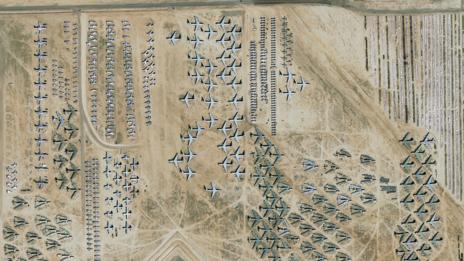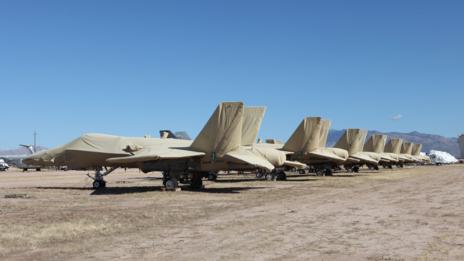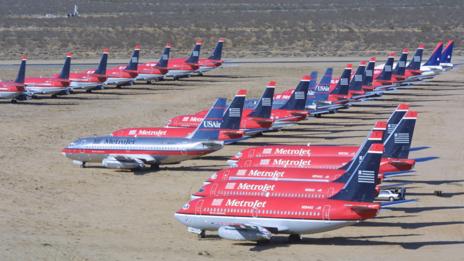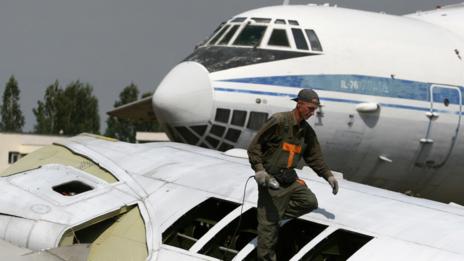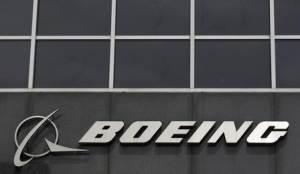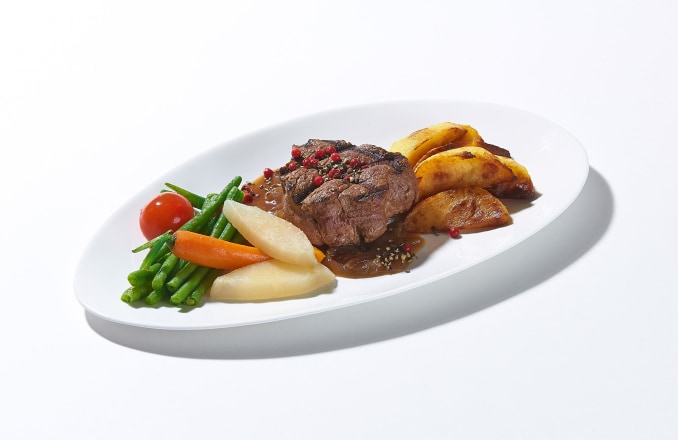Airlines Create Rush Hours, Crowds and Full Flights
American Is Bunching Up Flights in Miami to Create Peaks and
Lulls
By Scott McCartney
Sept. 10, 2014 7:31 p.m.
Miami
American Airlines is making its hub here more hectic—on
purpose.
Instead of spacing flights evenly throughout the day,
American in August started bunching them together. The change restores an old
format of "peak" scheduling, grouping flights into busy flying times
followed by lulls when gates are nearly empty. After Miami International,
American next year will "re-peak" schedules at its largest hubs in
Chicago and Dallas-Fort Worth.
Airlines shunned peak schedules at hubs more than a decade
ago because they meant higher costs such as more people and equipment, created too
many delays and forced passengers to sprint through terminals to make
connecting flights. Recently, though, much of the industry has gravitated back
to peaks and valleys as a way to fill seats and generate more revenue.
"An additional person per flight will make a
difference," said Robert Isom, American's chief operating officer. The
company has estimated it will gain $200 million more a year from re-peaking its
schedules at hubs.
American's departure times are bunched together in bursts of
activity. But travelers may have even less time to make flight connections or
to eat. And, airlines, airports and federal agencies are re-evaluating how they
manage baggage, cleaning crews and security checkpoints with the new highs and
lows in foot traffic.
Peak scheduling packs planes better because it creates more
possible itineraries. Under American's old schedule, a flight from Columbus,
Ohio, to Miami might have had 20 possible connecting flights. After the Aug. 19
re-peaking it may have 45. That means more bookings on the Columbus flight, and
more people on the connecting flights.
Miami flights have been fuller since the schedule change,
said Marilyn DeVoe, American's vice president for Miami. United Airlines says
most of its hubs use peak scheduling, except for ultra-crowded Newark, N.J.
Delta Air Lines says its Atlanta hub has a fairly steady flow and hasn't fully
re-peaked, but hubs such as Detroit, Minneapolis and Salt Lake City operate
with busy times and down periods.
In Miami on a typical weekday, 42 flights depart between 9
and 10 a.m. Then between 10 and 11 a.m., only a handful is scheduled to take
off. The process repeats during the day with 10 "banks" of flights
that fill about 45 gates at a time.
There are added costs to re-peaking. American hired 67 more
gate agents and 150 baggage handlers and other ground workers before the August
change. It had to purchase more belt-loaders, dollies and tugs that push planes
out from gates.
Some restaurants in the Miami airport say they've lost
business because passengers no longer leisurely sit and eat meals.
La Carreta, a
cafeteria-style food line and sit-down eating area, has seen a 7% to 10% drop
in business since American started rearranging schedules. Sales at a food court
operated by the same company are down 20%, and at another restaurant, down 25%.
"We've already had to cut back hours of some of our
employees," said Raquel Benitez, unit manager for Global Miami J.V., the
company that operates the restaurant. Overall, airport concession sales haven't
declined, said a spokesman for the airport.
Many passengers say they want the quickest trip possible.
Adam Hamlin, who traveled from Bogotá, Colombia, to visit his grandparents in
North Carolina, said he doesn't mind close connections or running through an
airport. "Airports are not the best place to hang out in all day," he
said.
Diego Romero, who lives in Charlotte, N.C., but traveled,
last week from Mexico City to Nassau, the Bahamas for business, said he wants
"to get home as soon as possible."
American tries to put planes with lots of connecting
passengers at nearby gates to cut down on long walks through the 1.1-mile
linear terminal, said Suzanne Williamson, American's director of Miami tower
operations. The airport has a train to reduce long treks.
A Miami airport air-traffic controller manages takeoffs and
landings with American's new peaks-and-lulls schedule. There are pitfalls to
airlines' clumped schedules. If bad weather hits at the wrong time, diverted
flights and missed connections can cause widespread delays. So far, the
schedule has held up well, with an on-time arrival rate of 88% since the Aug.
19 change, according to flight-tracking firm FlightStats.com, a bit better than
last year.
Still, American workers have concerns about reliability.
"To go into this without being concerned about equipment and all the
pieces coming together would be foolish," said Joe Rosende, customer
service manager on the ramp in Miami. He said late August was a good time to
adjust to new processes before the holiday rush. Mr. Rosende was part of an
American study group 10 years ago that spread out the flight schedule, and is
now part of changing it back to peaks.
Getting bags onto their next flight is a challenge with
shorter connections. Miami handles more luggage than other American hubs, on
average, because Caribbean and Latin American travelers typically check lots of
bags, according to American.
The airline uses "runners" to hand-deliver carts
loaded with baggage from one plane to the next. "Rovers" throw bags
that are making the tightest connections into the back of pickup trucks and
drive them to their next aircraft. Before, they relied more on a sorting system
underneath the terminal—a maze of conveyor belts and scanners that can take 20
minutes to move a suitcase to the right place.
With the peaked schedule, more planes spend extra time on
the ground before their next flight, said Mr. Rosende. With the old method,
they'd pull in and go out more quickly. Passengers would wait, but not
airplanes.
So far, bunching the flights hasn't caused planes to stack
up waiting to takeoff, land or get a gate, American says. Air-traffic
controllers can use two of Miami's three usable runways for takeoffs when there
are lots of departures, or two for landings when several planes are arriving.
For international passengers, where lines to pass through
Customs and Border Protection stretched as long as four hours in 2013, American
and the airport added more workers to guide them through. With the customs
agency, the airport and airline also added automation kiosks, constructed two
additional booths for officers, and knocked out walls for new exits in baggage
claim to speed passenger flow.
After reducing wait times to enter the U.S. by about 25% at
Miami's airport this summer, Customs and Border Protection expects the peaks
"will challenge our progress,'' said Acting Deputy Commissioner Kevin
McAleenan. But, more agents and automation are coming, too, he said.
Write to Scott McCartney at middleseat@wsj.com
